Quick Start Guide
To begin using the SiteControlSystem, you will need know your username and password. These can be obtained from your website's Site Administrator. If you do not know who your Site Administrator is or have problems logging in, then you can contact us and we help you gain access to the system.
Logging In
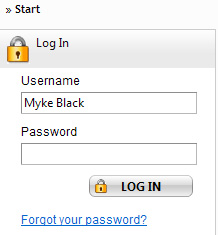
To log in, enter your username and password in the login box on the left hand side. If you do not see this box, this means you are already logged in. It is recommended that you log out of the site after you have finished using the SiteControlSystem.
You can update your password by clicking on your name in the top right hand login status box. Note, you can only change your password if you are already logged in.
Password Reminder
If you cannot remember your password, click on the "forgot your password" link at the bottom of the login box. Then enter your email, and a new password will be emailed to you.
Login Status
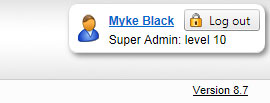
Once you have logged in, your login status is shown on the top right hand corner, which displays your name, access level and a button to log out of the site. Most users will have access level 4 or lower. The access levels are as follows:
0 - Demo - can only access the demo website.
1 - Guest - read only access
2 - Site User - limited access - cannot publish pages or make changes to published pages.
3 - Site Editor - can update and publish pages, but cannot create user accounts or update site settings.
4 - Site Administrator - can update every aspect of the website apart from site options. Has the option to create user accounts
5 + CMS Level Accounts (not available to client users)
Site Settings and Options
Each Site Administrator can update the settings for their website and view the selected site options. The settings include the Site Name, Online Status, site URL, Site redirection, copyright message in the footer of the website. There are other settings for email and contact details which are listed on a separate tool - Email and Contact Settings in the Website Settings module.
Site options vary from website to website depending on the site requirements. The image below shows what options are available. for Site Administrator access, these options are read only.
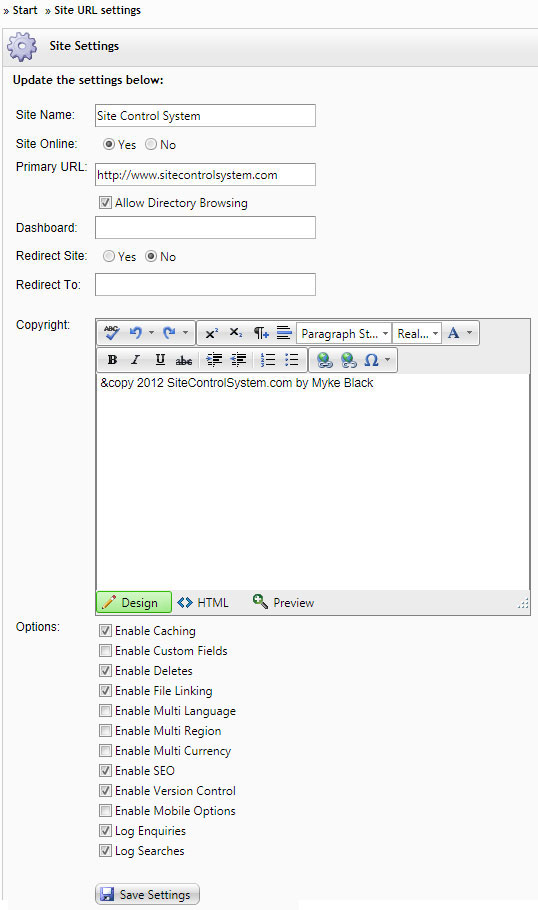
The site options - this determines which features are available to the website. These options can only be changed by someone with access level 6 or above.
For more information about site settings, please refer to the Site and Email Settings guide.
Select your website
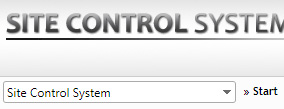
After you have logged in, you will see a drop down box on the top left hand side. This is the site selector. The site selector allows you to quickly skip between different websites to edit the content or settings of each site. Once you have selected your site, the list of 'site modules' will be updated in the left hand navigation
Site Modules
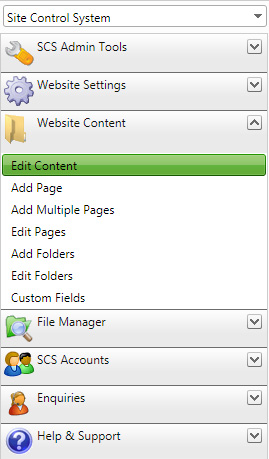
The SiteControlSystem is a container for a series of independent tools called 'modules'. Each module can be used for a specific task. Most websites will have the Website Content module and the File Manager module. These are used to update the content of your website and upload files to your site respectively. In addition, Site Administrators will have access to the Website Settings and SCS Accounts modules. Other modules are available to different sites.
Editing your Website
To edit the content of your website, you can should use the Website Content module. This contains 6 tools for adding pages, adding folders, editing pages, editing folders, editing the site content.
To add a web page, select 'add page' then in the content area, you will see a tree list of the folders of the website as shown in the image below:
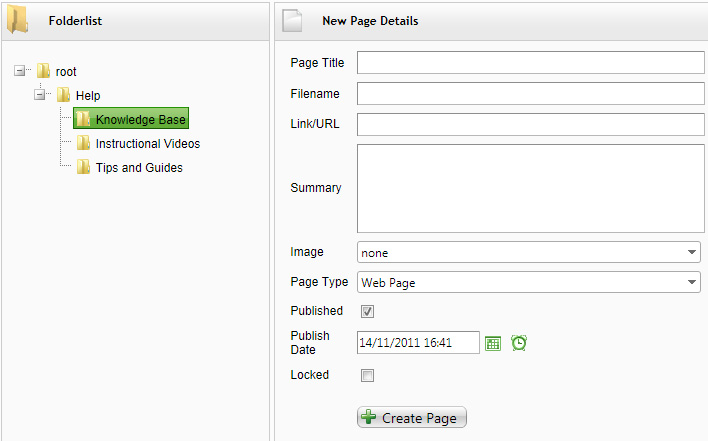
The only manditory field is the 'Page Title' field. Fill in the page name here then click on the 'create page' button. If you do not wish the page to be instantly added to your website, uncheck the 'published' checkbox.
To edit a current page, click on the 'edit page' tool, then select the row of the page you wish to edit from the table. This will bring up the following screen:

The page editor has up to 8 tabs across the top (depending on features are enabled in the site settings screen). Some sites might only have the first two tabs if the site settings restrict all additional features.
The two most important tags are 'properties' and 'page design'
Page Properties
Page properties tab shows the page title, the filename (see url rewriting section in the SEO guide), whether the page is published, the page type, and a few other fields. If you change the title of the page here, then your website will be updated instantly with the new title (assuming you don't have page caching turned on). This update will be reflected in the page itself, the navigation and sitemap.
Page Design
The page design is where you can update the content of the web page. This tab includes a powerful rich text editor which can be used to format the content, insert images, links, tables, flash, or any html code. It can even be used to insert google maps or javascript.
If you have 'Enable Version Control' option in your site settings, then you will be able to see historical snapshops of previous versions of your page, which will allow you to roll back to a previous version of the page if you accidentally delete some content or if you want to view what the page used to look like. Snapshots of page content are taken every time you click on the 'save' button.
For more complete information on editing web pages, see the editing webpages guide.
Editing Site Navigation
Most websites have some sort of navigation. Some have a simple single line of links at the top, others have a complex multi level drop down navigation system. Whichever form of navigation your site has, you can update the structure and order of navigation items using the 'Edit Content' tool. This tool allows you to drag and drop pages into different orders, or into different folders, and also drag and drop folders into different orders or structures.
You can also use this tool to add, edit or remove pages and folders. For more information on using the Edit Content tool of the Website Content module, please refer to the Editing Site Content guide.